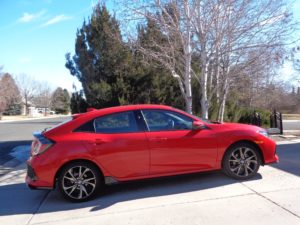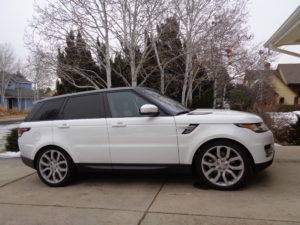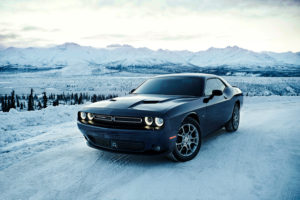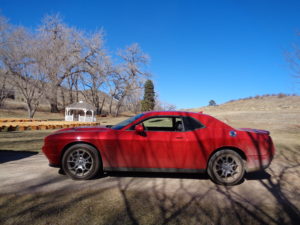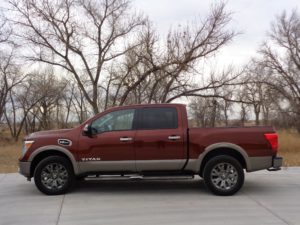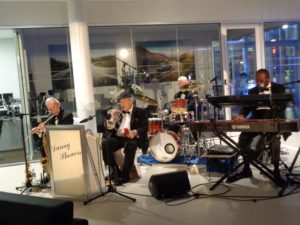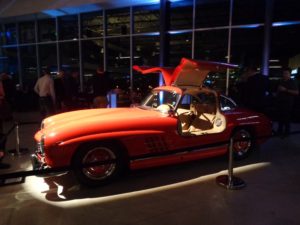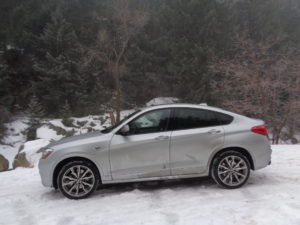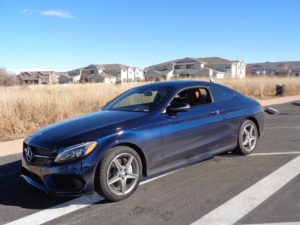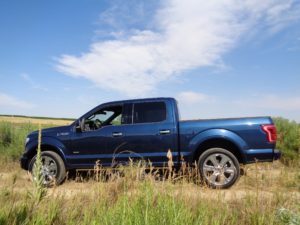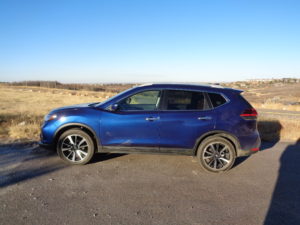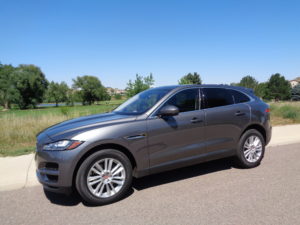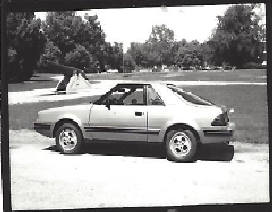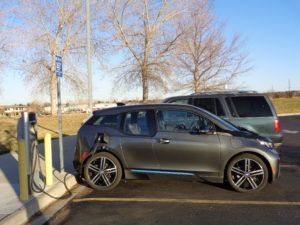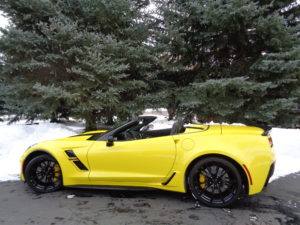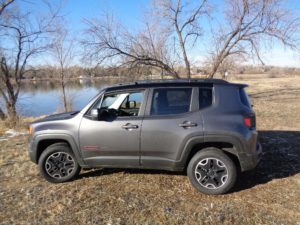
A couple Jeeps I’ve driven are the new Trailhawk edition of the Renegade and the Wrangler Rubicon Hard Rock 4X4.
Addition of the tough Trailhawk edition is big news for the small Jeep Renegade 4X4 for the 2017 model year.
The subcompact Renegade, which comes off a Fiat Chrysler Automobiles assembly line in Melfi, Italy, is in its third year of production.
Operating with a 180-horsepower, 2.4-liter, 4-cylinder engine and 9-speed automatic transmission, the Trailhawk features four-wheel-drive terrain settings of automatic, snow, sand, mud and rock.
The snow mode slowed wheel spin and maximized traction as I drove the Renegade on a snowy day. The rock mode delivers low-range effects in a crawl speed.
Sitting up high, the operator finds the Jeep’s an easy drive with the automatic tranny and the ease of a dial twist to select proper terrain set. We used it on the country route of “Colorado Boulevard” from Johnstown to Cabela’s off I-25 at 144th Avenue on snow and wet roads. I had to work the engine fairly hard amid some loud complaining from underhood to maintain 75-miles-per-hour speed on the return trip on I-25. Overall fuel mileage was 23.8 miles per gallon.
Someone asked how it rode. “A better ride than Jeeps provided some years back,” I responded; don’t interpret that as necessarily “smooth.” Seating is good. The review model featured red tow hooks both in front and back.
The Renegade Trailhawk carried a sticker price of $32,085, including 6.5-inch touchscreen for navigation, audio, backup camera.
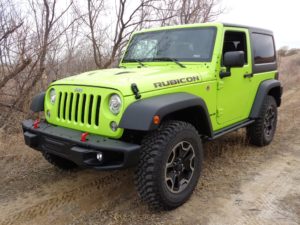
The hypergreen color of the 2017 Jeep Wrangler Rubicon Hard Rock 4X4 took some getting used to for me; however, 90 percent of those I asked about the color found it favorable.
Color aside, I drive a Wrangler almost every year; it is one of my favorites with its short turn circle and go-anywhere grip.
The two-door Wrangler’s 95.4-inch wheelbase, short overhangs and tight turn radius lend offroad opportunities in most any type terrain. It has prominent rock rails along the sides. It has a 25-inch step-in height, with no step rails.
In a throwback to Jeep style, a shift lever is still used for engaging four-wheel drive and four-wheel low range – no electronic switch.
A 284-horsepower, 3.6-liter Pentastar V-6 engine and 5-speed automatic transmission delivered strong performance, and averaged 17.1 miles per gallon. The Jeep rides on B.F. Goodrich Mud-Terrain TA 255/75R17 tires.
Removable roof panels give way with the release of four levers overhead. In the back, where a big subwoofer is mounted into the cargo floor, is a bag with a 30-foot tow strap and a pair of “winching gloves.”
A long list of optional items boosted price of the Wrangler from base of $33,645 to sticker of $43,325. The rock rails, steel bumpers, red tow hooks, Alpine audio, Uconnect voice command with Bluetooth, heated front leather seats and leather-wrapped shift knob accounted for $4,500 of the price rise.
The Jeep Wrangler is built in Toledo, Ohio.
